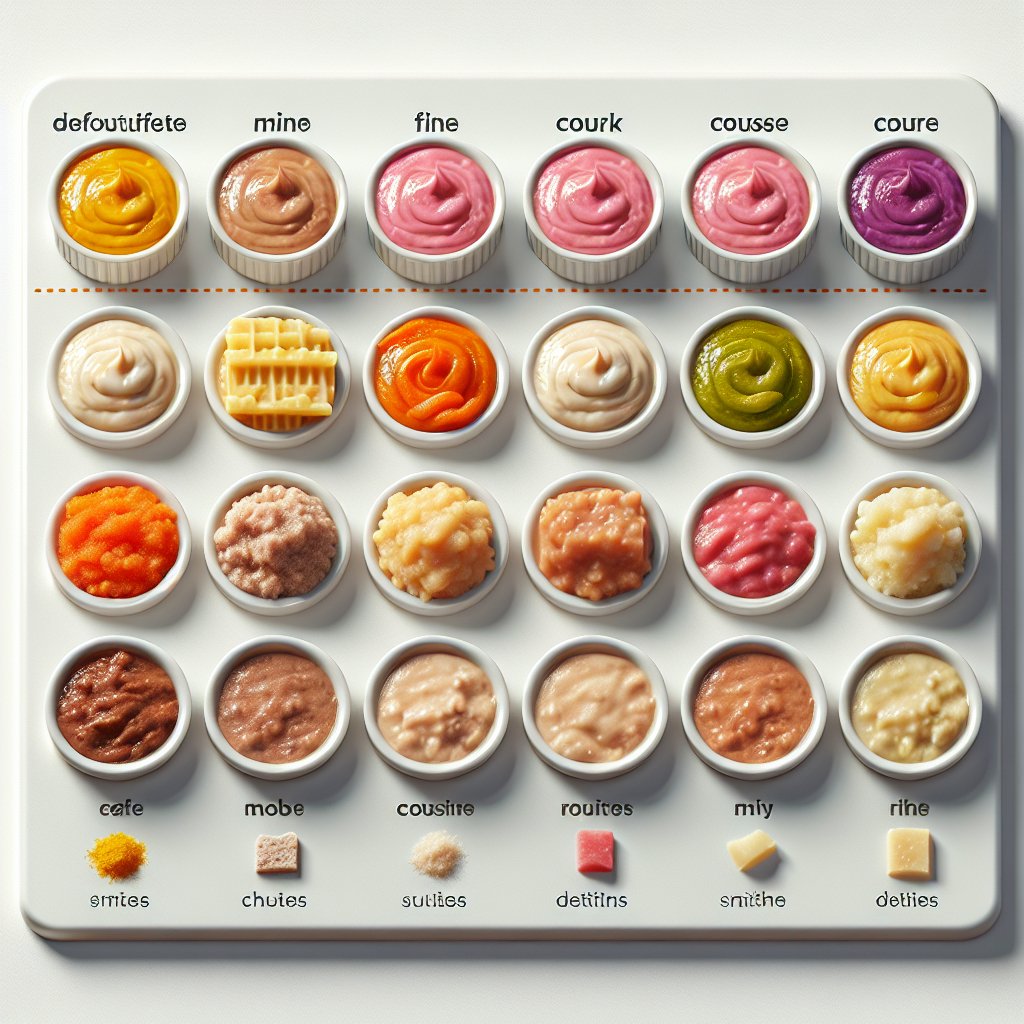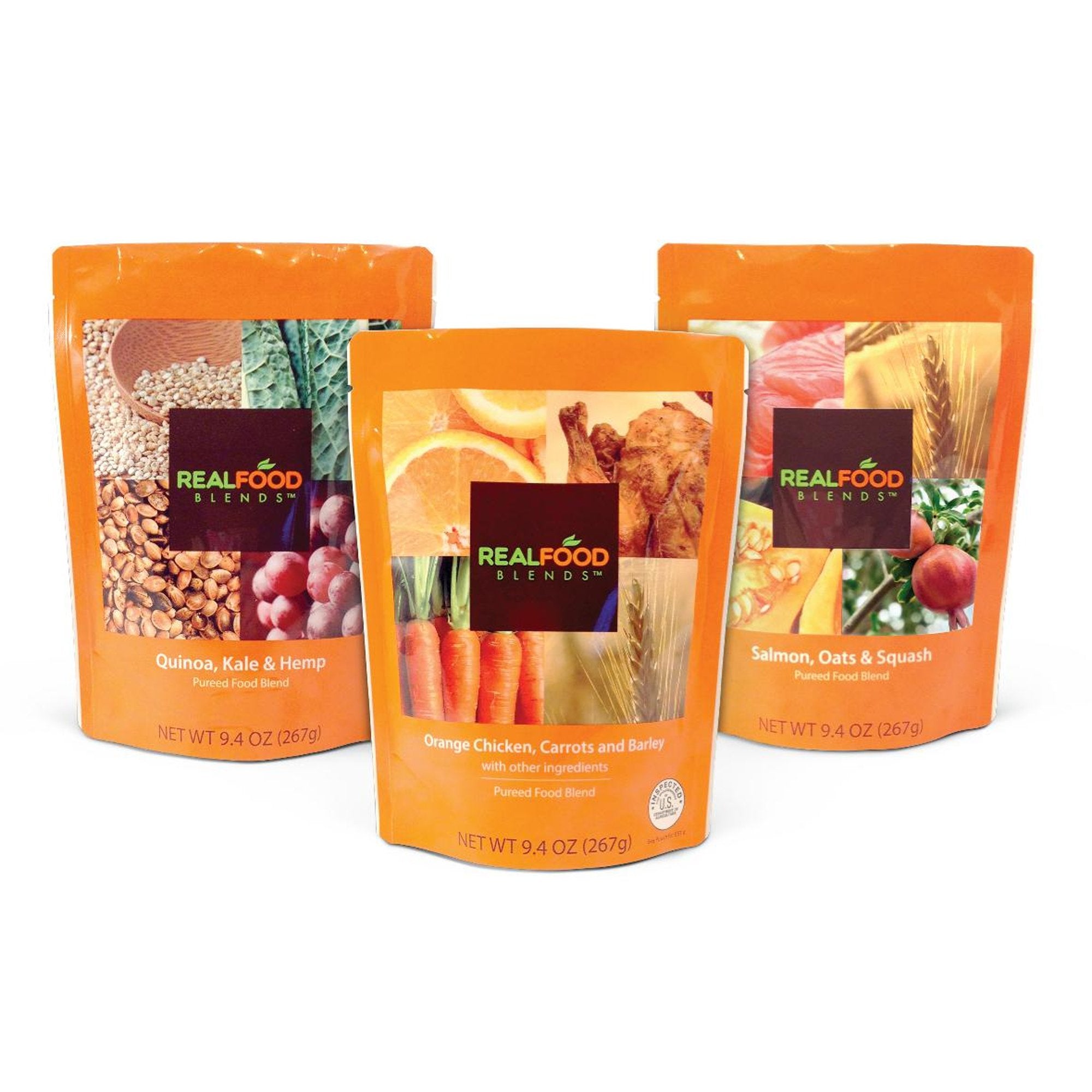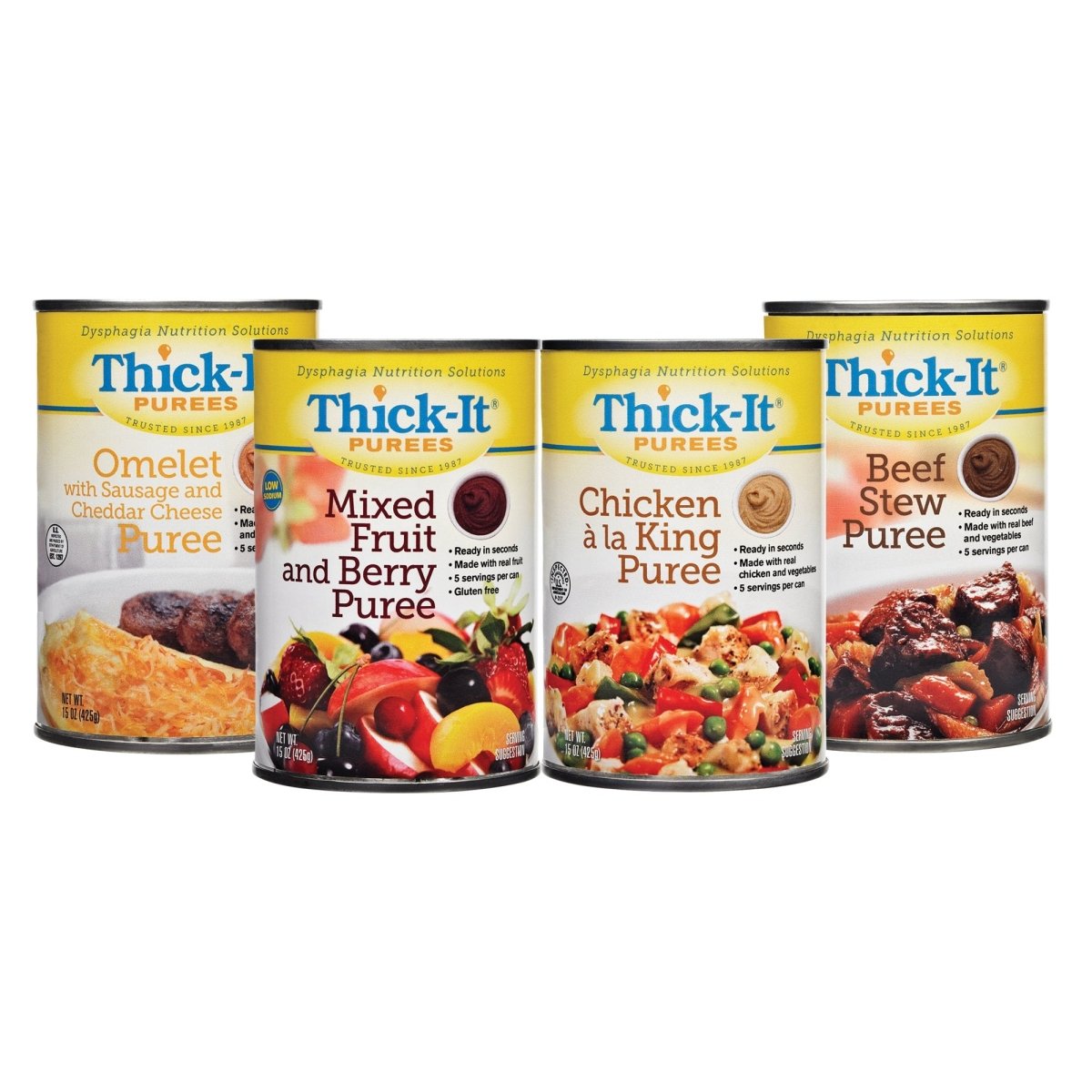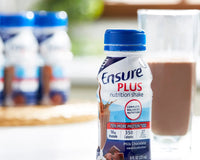When it comes to meeting nutritional needs for those who have difficulty chewing or swallowing, understanding what does pureed food look like and its importance is essential. Pureed food is a type of diet where food items are blended or mashed to a smooth consistency, resembling a thick paste or a creamy soup. It's particularly important for individuals with dysphagia, a condition that impairs a person's ability to swallow, as well as for those recovering from surgery or with dental issues.
The process of pureeing helps to ensure that all the vital nutrients are retained in the food, making it easier to consume and digest. It's not only about the consistency but also ensuring that the food remains flavorful and appealing to encourage regular eating habits. Health professionals and caregivers often rely on pureed food to maintain the patient's calorie intake and to prevent malnutrition. Therefore, it's crucial to know how to prepare and present pureed foods in a way that is both nutritious and visually appetizing.
Order online here for convenient shopping and doorstep delivery of all the necessary ingredients and kitchen tools to create wholesome pureed meals. At Cart Health, we understand the unique needs of each individual and strive to provide the best products to support your health and well-being.
Exploring the Texture and Consistency of Pureed Food

The texture and consistency of pureed food are pivotal for both safety and enjoyment. Ideally, pureed foods should have a uniform and smooth consistency, free from lumps and chunks that could pose a choking hazard. They should be thick enough to hold their shape on a spoon, yet soft enough to be easily swallowed without the need for chewing. The goal is to create a texture similar to that of pudding or smooth applesauce.
Consistency plays a key role in how pureed food is experienced. It needs to be moist enough to prevent dryness and potential swallowing difficulties, but not so liquid that it lacks substance or tastes diluted. Achieving this balance requires careful preparation, which may involve adding a liquid such as broth, milk, or the cooking juices from the food being pureed to adjust the thickness.
When preparing pureed meals, it's important to consider the preferences and specific health needs of the individual. For instance, some may require a slightly thicker or thinner consistency depending on their swallowing capabilities. Regardless of the specific needs, the focus should always be on creating a pleasant texture that makes pureed meals not just necessary for health but also enjoyable to eat.
Preparing Pureed Foods: Key Techniques and Tips
When preparing pureed foods, the techniques and tips you employ can make a significant difference in the outcome of the meal's texture and taste. Start by cooking the food until it's tender; this could mean boiling, steaming, or baking, depending on the type of food. Once cooked, the pureeing process can begin.
Using a high-quality blender or food processor is essential for achieving the right consistency. Blend the food until it reaches a completely smooth texture, stopping to scrape down the sides as needed to ensure even pureeing. For those who prefer a thinner consistency or need to make the food easier to swallow, consider adding a liquid that complements the flavor of the food, such as broth, juice, or milk.
Seasoning is another crucial aspect of preparing pureed foods. Since the pureeing process can sometimes dilute flavors, it's important to taste and adjust seasonings accordingly. However, be mindful of dietary restrictions that may require low-sodium or low-sugar options. Herbs and spices can enhance the flavor without adding extra salt or sugar.
Finally, temperature can affect the palatability of pureed foods. Ensure that the food is served at an appropriate temperature to maximize flavor and appeal. Some pureed foods are best served warm, while others might be enjoyed cold or at room temperature, depending on the individual's preference and the type of food.
By following these key techniques and tips, caregivers and health professionals can prepare pureed foods that are not only safe and nutritious but also satisfying and appealing to the palate.
Visual Examples of Pureed Food for Various Diets
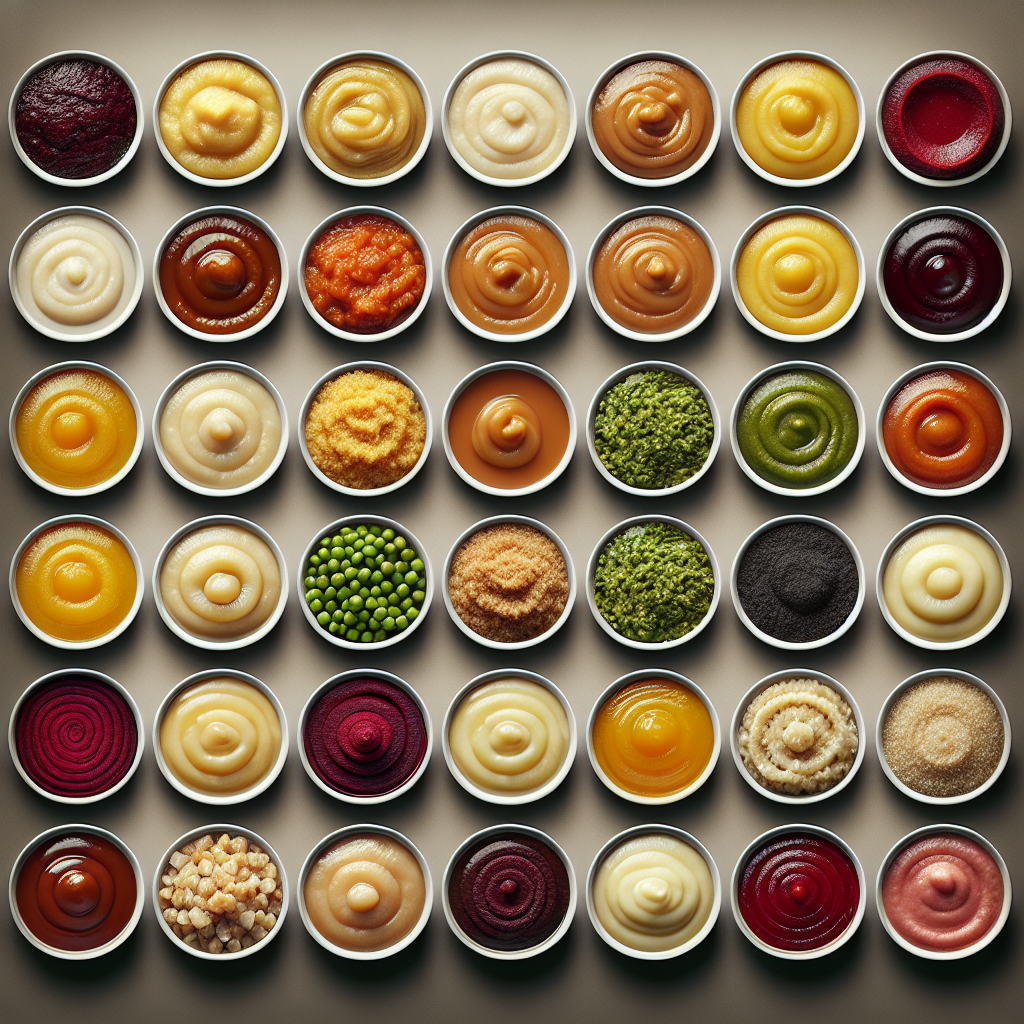
Understanding what pureed food looks like is vital for those catering to various dietary needs. Pureed food should be smooth and uniform in consistency, without any lumps or chunks that could pose a choking hazard. For individuals on a regular diet, pureed meats might resemble a thick, creamy pate, while vegetables and fruits can take on the consistency of a soft, velvety apple sauce.
For those following a vegetarian or vegan diet, pureed legumes, such as lentils and beans, provide a nutritious and protein-rich base that can be flavored with herbs and spices. These purees can also serve as a foundation for crafting other dishes, such as vegetarian patties or spreads.
For low-carbohydrate diets, options like cauliflower or broccoli puree can serve as a delicious substitute for mashed potatoes. These can be enriched with butter or cream alternatives to suit dietary restrictions while still providing a satisfying side dish.
Individuals with gluten intolerance might enjoy pureed soups made from naturally gluten-free ingredients such as potatoes, squash, or carrots. These soups can be thickened to the desired consistency and offer a comforting meal option.
For those with dysphagia or difficulties swallowing, all types of pureed food must be prepared to a specific, safe texture. By using thickeners, one can adjust the viscosity of the puree to meet the individual's needs. Healthcare professionals often rely on the National Dysphagia Diet (NDD) standards to determine the appropriate consistency for patients with swallowing disorders.
Visual examples of these pureed foods can greatly assist caregivers and health professionals in preparing meals that are not only appropriate for the diet in question but also visually appealing and enjoyable to eat.
Serving and Presenting Pureed Foods Aesthetically
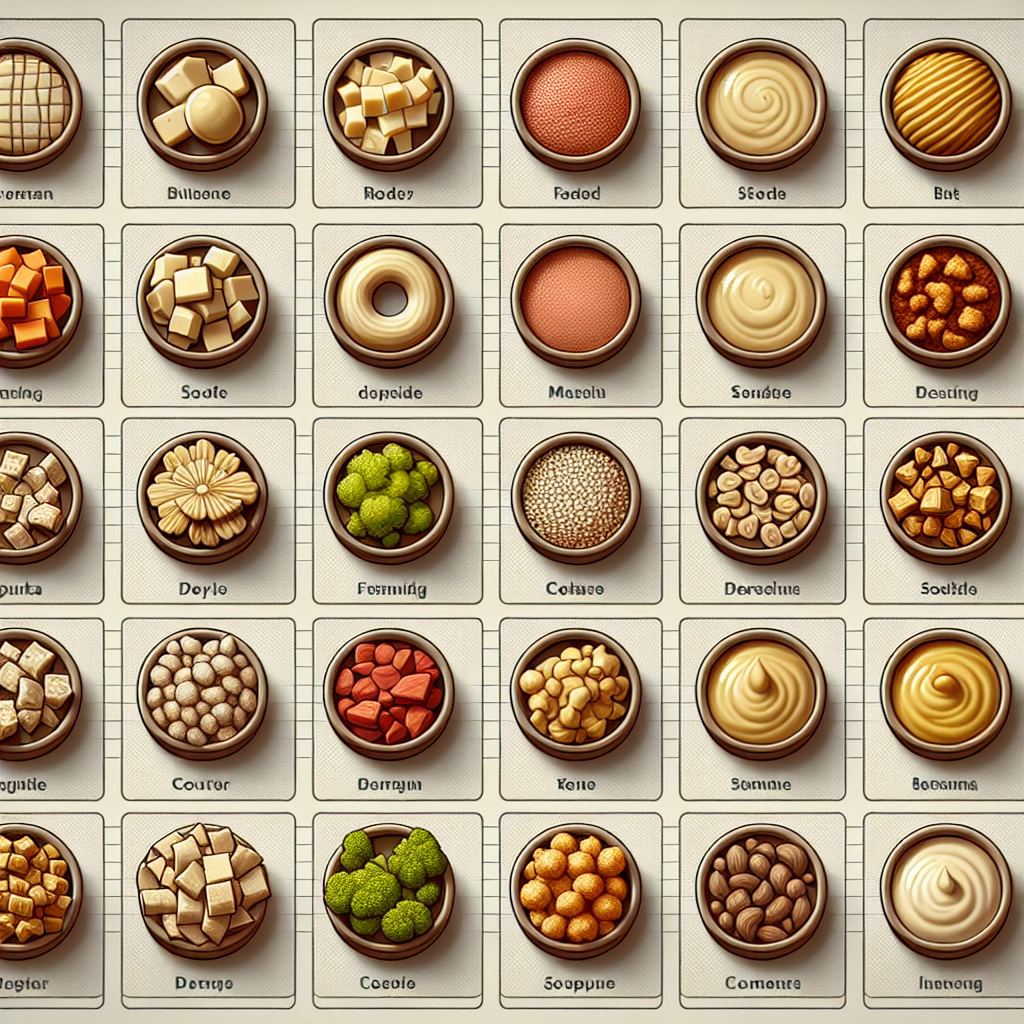
While the consistency of pureed food is essential for safety and digestion, the visual presentation is just as important for the dining experience. Aesthetically served pureed foods can help stimulate appetite and make meals more enjoyable, particularly for those who may be resistant to such textures. To enhance the visual appeal, consider using food molds to shape pureed foods into forms that resemble their original state. For example, pureed carrots can be molded to look like a whole carrot, or beef can be shaped to resemble a small steak.
Color contrast is also a key element; arranging a plate with pureed green peas alongside a coral-hued salmon puree can create a visually pleasing meal. Adding garnishes like fresh herbs or a drizzle of a complementary sauce not only adds to the aesthetic but also introduces new flavors and aromas.
Another technique is to layer different colored purees in a glass, similar to a parfait, which provides visual interest and the opportunity to combine flavors in each spoonful. This can be particularly appealing for desserts, where a pureed fruit layer might sit beautifully atop a creamy yogurt blend.
When serving pureed foods, it's also important to maintain the right temperature. Foods should be served warm or cold as appropriate, which can significantly impact the overall enjoyment of the meal. Additionally, using attractive dinnerware and paying attention to the layout of the plate can turn a simple pureed meal into a more dignified dining experience.
Caregivers and chefs should consider the aesthetic aspect of presenting pureed foods, as it plays a crucial role in ensuring that the eating experience is as pleasant as possible, encouraging better nutrition and meal satisfaction.
Adapting Meals to Pureed Form: Creative Ideas

Adapting familiar and favorite meals to a pureed form doesn't have to mean sacrificing flavor or creativity. In fact, it offers an opportunity to get inventive with textures and tastes. One creative idea is to combine complementary flavors in a single puree, such as apple with pork or basil with tomato, creating a harmonious blend that's both nutritious and satisfying.
Pureed soups are an excellent starting point for those new to pureed diets. They can be thickened and enriched with ingredients like cooked rice, cream, or mashed potato. For a heartier meal, consider a shepherd's pie puree, layering pureed lamb or beef with vegetables and topping it with a velvety mashed potato puree.
Breakfast options can also be transformed; a smooth oatmeal can be blended with fruits and spices for a comforting start to the day. For desserts, a chocolate mousse or a fruit sorbet puree can satisfy sweet cravings while being easy to consume.
The key to adapting meals successfully is to ensure that the pureed version provides balanced nutrition while still evoking the essence of the original dish. This can be accomplished by retaining the core ingredients and seasonings, even if the texture has been modified. And remember, presentation matters, so take the time to garnish and serve with care.
Order online here for convenient shopping and doorstep delivery! At Cart Health, we understand the challenges of adapting to a pureed diet and are here to support you with the products and resources you need. Whether you're a caregiver or a health professional, join the Cart Health family to find the solutions that make mealtime enjoyable and stress-free.

